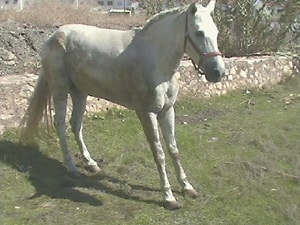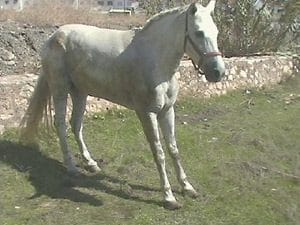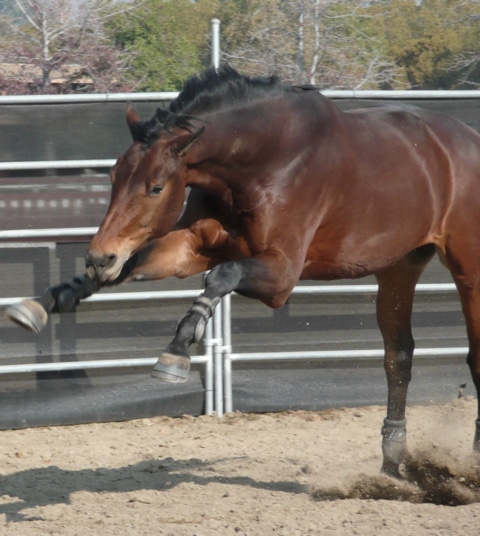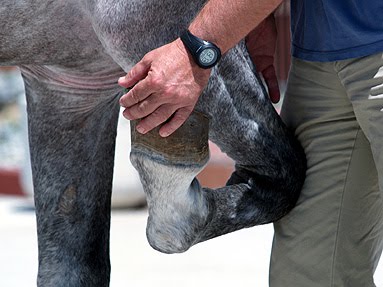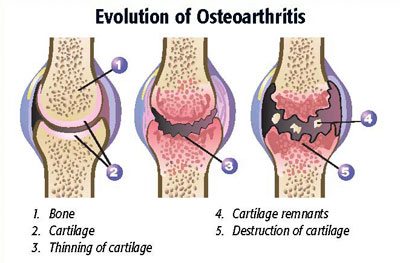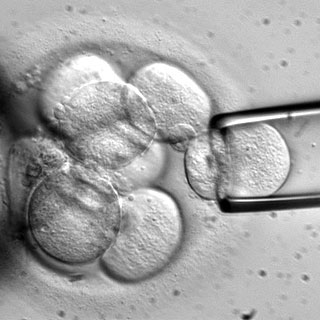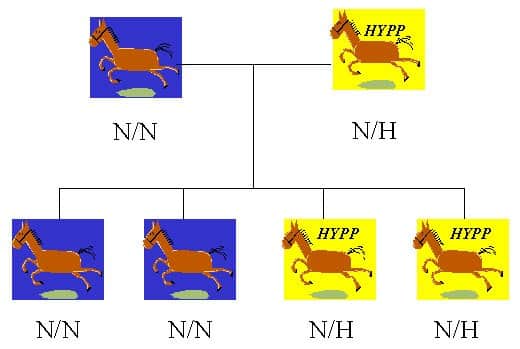The old adage that an ounce of prevention is worth a pound of cure is especially true of laminitis. Since it’s a given that many horses that develop the condition will be permanently affected – and some will not recover at all – it makes a lot of sense to do whatever you can to keep your horse from developing the problem in the first place.
What is laminitis? It’s a condition affecting the connections of the hoof wall – which is the equine equivalent of your fingernail – to the live tissue underneath. Think of it this way. The hoof is connected to the live tissue underneath in very much the same configuration as is the paper on everybody’s favorite peanut butter and chocolate cup. As far as the horse’s hoof goes, the crinkled edges are layers of tissue; the Latin word for “thin sheet of material” is lamina. And laminitis is a still poorly-defined problem that affects that thin layers of tissue that form these connections.
 It’s an awfully big problem because when the connections of the hoof get in trouble, horses have difficulty walking. Their feet hurt. But it get’s worse. If the connections get in so much trouble that they start to let go, the bone in the hoof can separate from the hoof itself. Laminitis is a big deal for affected horses.
It’s an awfully big problem because when the connections of the hoof get in trouble, horses have difficulty walking. Their feet hurt. But it get’s worse. If the connections get in so much trouble that they start to let go, the bone in the hoof can separate from the hoof itself. Laminitis is a big deal for affected horses.
Since it’s such a bad problem for horses, it makes a lot of sense to try to prevent laminitis. Of course, there is one big, fundamental, gigantic problem with the absolutely well-intentioned notion that laminitis can be prevented. That big problem is that preventing laminitis is not always possible. I mean, if I were to try to come up with a short list of what should be done to prevent laminitis in every horse, it would look something like this.
- Don’t ever let them get fat
- Don’t ever let them get old
- Don’t ever let them get sick
- Always take good care of their feet
- Make sure they never inadvertently get into the feedroom
- Don’t let them gorge themselves on lush grass pasture
So you can see the problems here. Sometimes, there are things you just can’t do anything about.
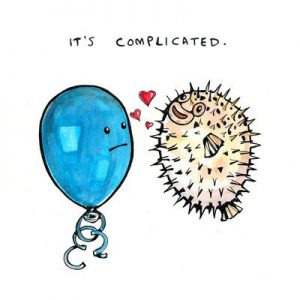 ASIDE: I’ve had people ask me – usually at the scene of some accident caused by something like a horse being scared to death by a particularly threatening shadow – if it might not be better to try to keep horses in a padded stall so as to prevent any sort of injury. And I, having at this point seen just all sorts of idiotic things that horses can do to themselves – often with human help – will usually reply something along the lines of, “No, that would be a terrible idea. They’d just eat the padding and colic.”
ASIDE: I’ve had people ask me – usually at the scene of some accident caused by something like a horse being scared to death by a particularly threatening shadow – if it might not be better to try to keep horses in a padded stall so as to prevent any sort of injury. And I, having at this point seen just all sorts of idiotic things that horses can do to themselves – often with human help – will usually reply something along the lines of, “No, that would be a terrible idea. They’d just eat the padding and colic.”
Anyway, back to preventing laminitis. Another big problem with laminitis is that it’s not a single problem. In fact, it’s not even a disease. Laminitis is not a disease, it’s a clinical sign of a disease. Laminitis can occur because of overeating, uterine infections, being too fat, diarrhea, poor hoof care, pneumonia, endocrine problems, etc., etc. I mean, what other single disease can claim all that physiologic mayhem? It’s not possible to prevent all cases of laminitis any more than it is possible to prevent all causes of pain. Sometimes stuff just happens. That doesn’t mean you shouldn’t try the best that you can, but it also means that you shouldn’t beat yourself up if something goes wrong.
 Seriously, though – which, admittedly, can be a hard place for me to stay in for long – although preventing laminitis is not always possible, there are some important considerations to keep in mind in managing your horse so as to at least increase the likelihood that your horse (and you) will never have to deal with laminitis. In fact, there are quite a few of them. And rather than ask you to read through all of them, I’ve put them into separate documents so that you can print them off and read them at your leisure.
Seriously, though – which, admittedly, can be a hard place for me to stay in for long – although preventing laminitis is not always possible, there are some important considerations to keep in mind in managing your horse so as to at least increase the likelihood that your horse (and you) will never have to deal with laminitis. In fact, there are quite a few of them. And rather than ask you to read through all of them, I’ve put them into separate documents so that you can print them off and read them at your leisure.
Click on the documents below to get information about various aspects of laminitis prevention.
 DIET AND LAMINITIS [PDF]
DIET AND LAMINITIS [PDF]
BODY CONDITION AND LAMINITIS [PDF]
BREED AND AGE RISKS FOR LAMINITIS [PDF]
DISEASES AND LAMINITIS [PDF]
MEDICATIONS, TRANSPORT, AND LAMINITIS [PDF]
EXERCISE, FOOT CARE, AND LAMINITIS [PDF]
Not all cases of laminitis can be prevented. Not all cases of pain can be prevented, in your horse, or in you, for that matter. Sometimes your horse is going to step on something. Or twist something. Or bump into something. Pain sometimes happens, no matter how careful you try to be. Laminitis, too.
 Here’s an example, No matter how well you take care of a horse with “Cushing’s Disease,” sometimes his hooves are going to get in trouble (laminitis) because of uncontrolled problems with his endocrine system (that is, problems with one or more glands that secrete various regulatory substances known as hormones into the blood). You can’t fix the primary problem with Cushing’s horses – which is associated with aging, which, by the way, is another thing that can’t be fixed – and you can’t prevent the primary problem, either. Nobody know why horses get “Cushing’s,” either. If you can’t fix or prevent a primary problem in medicine, things are ultimately not going to work out very well.
Here’s an example, No matter how well you take care of a horse with “Cushing’s Disease,” sometimes his hooves are going to get in trouble (laminitis) because of uncontrolled problems with his endocrine system (that is, problems with one or more glands that secrete various regulatory substances known as hormones into the blood). You can’t fix the primary problem with Cushing’s horses – which is associated with aging, which, by the way, is another thing that can’t be fixed – and you can’t prevent the primary problem, either. Nobody know why horses get “Cushing’s,” either. If you can’t fix or prevent a primary problem in medicine, things are ultimately not going to work out very well.
You’ve got your best chance at keeping your horse from getting laminitis if you take good care of him. Laminitis prevention is not to be found in any particular product. And since an episode of laminitis can affect your horse for the rest of its life (assuming he recovers), it’s well worth trying to prevent it. A good prevention program should be a lifelong task. It’s just that it’s not always going to work.

